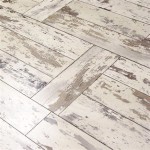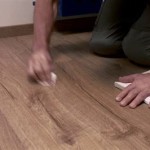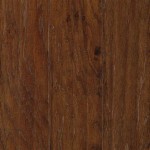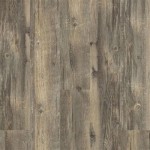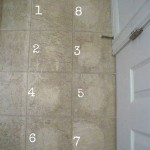Brick Flooring Pavers: A Guide to Their Essential Aspects
Brick flooring pavers have been a popular choice for centuries, offering a classic and elegant look that can enhance any landscape or indoor space. These versatile pavers are made from durable clay and come in various colors, shapes, and textures, making them suitable for a wide range of design styles.
When considering brick flooring pavers, it is essential to understand their key characteristics and installation requirements to ensure longevity and aesthetic appeal. This article will delve into the essential aspects of brick flooring pavers, including material, durability, design, installation, and maintenance.
Material and Durability
Brick flooring pavers are primarily made from clay, which is fired at high temperatures to create a durable and heat-resistant material. The durability of pavers is determined by their water absorption rate, which measures their ability to withstand moisture penetration. Pavers with lower water absorption rates are more resistant to cracking and weathering.
High-quality brick flooring pavers can withstand heavy foot traffic and harsh weather conditions, making them ideal for both indoor and outdoor applications. Their durability ensures a long-lasting floor surface that can endure the elements and maintain its aesthetic appeal over time.
Design Variations
Brick flooring pavers come in a wide range of colors, shapes, and textures, allowing for endless design possibilities. Traditional red brick pavers are a classic choice, but contemporary designs include gray, black, and even glazed pavers. The shape of the pavers can also vary, from classic squares and rectangles to interlocking patterns like herringbone or basketweave.
The texture of the pavers can add visual interest and enhance the overall look of the floor. Smooth pavers provide a classic and sophisticated finish, while textured pavers create a rustic or industrial aesthetic. The design versatility of brick flooring pavers enables homeowners and designers to create unique and personalized floor surfaces.
Installation Considerations
Proper installation is crucial for the longevity and performance of brick flooring pavers. The installation process typically involves preparing the subgrade, laying a base material, installing the pavers, and sealing the surface. It is essential to follow the manufacturer's installation guidelines carefully to ensure the proper placement and bonding of the pavers.
The subgrade should be well-compacted to provide a solid foundation for the pavers. A base material, such as crushed stone or sand, is then laid to provide drainage and prevent shifting. The pavers are then installed in a level and stable pattern, and the joints between the pavers are filled with sand or mortar.
Maintenance and Cleaning
Brick flooring pavers require minimal maintenance to retain their beauty and durability. Regular sweeping or hosing down can remove loose dirt and debris. For deeper cleaning, a mild detergent solution can be used. Efflorescence, a white powdery substance that can appear on the surface of the pavers, can be removed with a solution of vinegar and water.
Pavers can be sealed with a penetrating sealant to enhance their resistance to staining and wear. Sealing should be done periodically, especially in areas exposed to heavy traffic or harsh weather conditions. By following these simple maintenance tips, brick flooring pavers can retain their stunning appearance for years to come.

Authentic Brick Floor Tiles Experienced And Stone

Authentic Brick Floor Tiles Experienced And Stone

Thin Brick Tile Flooring Paver Tiles

Authentic Brick Floor Tiles Experienced And Stone

Herringbone Brick Paver Floor Wildfire Interiors

Authentic Brick Floor Tiles Experienced And Stone

Paver Tiles Create A Beautiful And Functional Floor For Bath Laundry Room

Marion Ceramics Thin Pavers Bricktile S

Herringbone Brick Paver Floor Wildfire Interiors

Brick Flooring Floor Tiles Pgh Bricks Pavers
Related Posts

